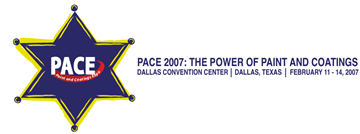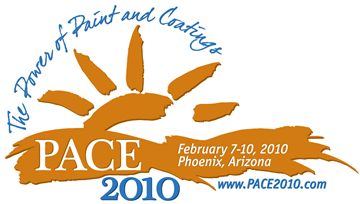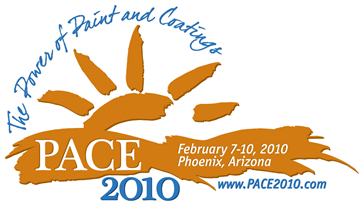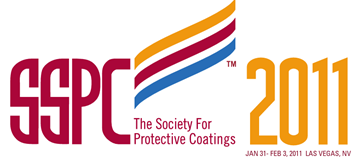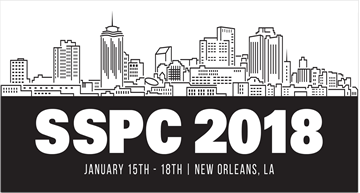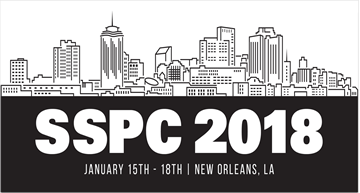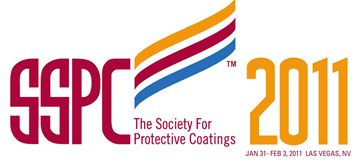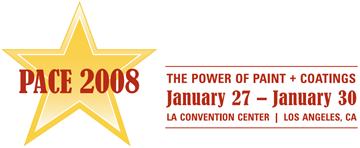Search
Products tagged with 'volatile organic compound (voc)'
View as
Sort by
Display
per page
The Effect of Restrictive VOC Regulations on High Performance Coatings
Product Number:
41207-359-SG
Publication Date:
2007
$20.00
The VOC Odyssey: An Epic Tale of the Green World of Coating Formulators
Product Number:
41210-559-SG
Publication Date:
2010
$20.00
The World Marketplace for Protective Coatings - Opportunities and Trends
Product Number:
41210-531-SG
Publication Date:
2010
$20.00
Thermal Insulating Coatings Can Reduce a Facility’s Carbon Footprint in More Ways Than One
Product Number:
41211-652-SG
Publication Date:
2011
$20.00
VOC Content: Regulating Beyond What Can Be Measured?
Product Number:
41214-843-SG
Publication Date:
2014
$20.00
VOC Reduction in Epoxy Protective Coatings Using VOC-Exempt Solvents
Product Number:
51217-069-SG
Publication Date:
2017
$20.00
WATCHING PAINT DRY: IT IS NOT AS SIMPLE AS IT SOUNDS
Product Number:
51218-112-SG
Publication Date:
2018
$20.00
Waterborne Alkyds - Combining Oil and Water to Reduce VOC and Solve Coating Performance Challenges
Product Number:
51217-023-SG
Publication Date:
2017
$20.00
Waterborne Coatings for Heavy Duty Applications in M&PC Market
Product Number:
41211-605-SG
Publication Date:
2011
$20.00
Zero VOC Water Based Epoxy Topcoat - Performance Equivalent to Solvent Based and High VOC Water Based Epoxies
Product Number:
41208-463-SG
Publication Date:
2008
$20.00

